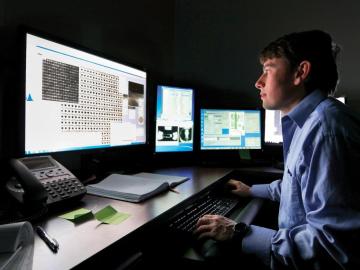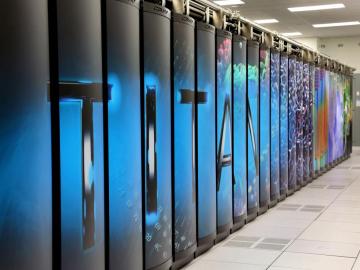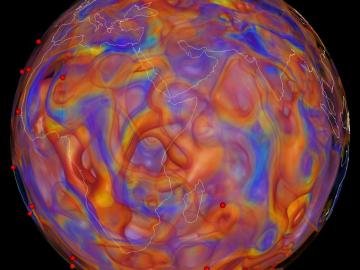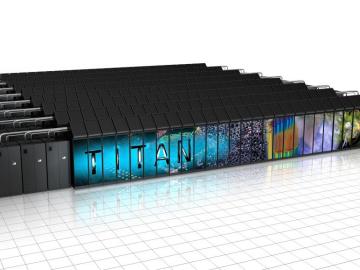
For all the power and complexity of today’s computers, they can still be boiled down to the binary basics—using a code of 1’s and 0’s to calculate and store information. Since the 1980s, though, some computer scientists have strayed from this simple language. They suggest that computers could speak ...

The waste tanks at Hanford and Savannah River may not be DOE’s only environmental challenge, but they’re at the top of the list.
Hundreds of tanks hold 90 million gallons of highly radioactive, extremely toxic liquids and sludges. The tanks are in constant flux, although they are nowhere ne...

There’s a good reason research institutions keep pushing for faster supercomputers: They allow the researchers to develop more realistic simulations than slower machines. This is indispensable for scientists and engineers striving to understand the workings of the universe or to create powerful new ...

Summit won’t be open to users for another three years, but let’s not forget that ORNL already has the world’s second-fastest computer—the 27 petaflop Titan.
Titan has been ranked either first or second in the world since researchers began using it in 2012. In fact, Titan delivered more computing ...

